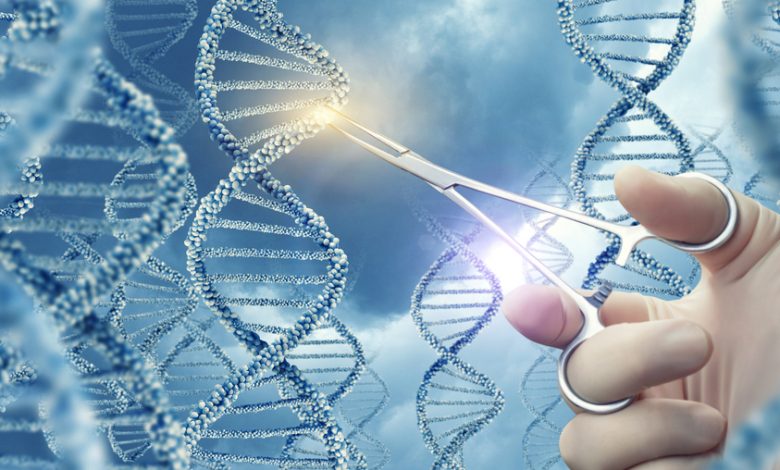What Is Base Editing in Context of CRISPR Gene Editing?

Many people have heard of CRISPR and how it’s revolutionizing the way scientists can make edits to human DNA to treat diseases and improve public health. CRISPR is a fairly new technology, but it has some limitations that researchers want to improve.
So, from out of the research laboratory environment comes a new system known as base editing. Human tests are slated to begin this year.
Here is some insight into the basics of CRISPR and base editing to keep in mind as the world looks for better ways to cure illnesses at the genetic level.
What is CRISPR?
CRISPR is an acronym for “Clustered Regularly Interspaced Short Palindromic Repeats.” Scientists developed CRISPR in 2012 to make edits inside living cells. It’s a major advance since the discovery that DNA has a double helix back in 1953.
With the ability to edit genetic sequences comes great responsibility, of course. The idea is that you can remove a sequence of DNA that’s implicated in causing a disease, such as blindness, to prevent a person from succumbing to the ailment.
What Is Base Editing?
In 2013, a chemistry student named Alexis Komor was working at the California Institute of Technology. She began corresponding with chemist David Liu at Harvard in preparation for joining his lab once her doctorate was completed. During email exchanges, Komor and Liu started considering what they might be able to achieve if they could change a letter in the code comprising DNA in humans, according to a report from Insider.
With the ability to manipulate DNA in living cells, there would be a potential to improve genomic engineering as well as pave the way to develop promising new therapies for people.
Komor and Liu published their initial research in Nature in 2016, and then Liu became a co-founder of a company called Beam Therapeutics, designed to create base-editing therapies.
What Does Base Editing Improve on CRISPR Gene Editing?
Scientists and researchers are intrigued by the promise of base editing to improve on the limitations of CRISPR. With the CRISPR-Cas9 gene editing technique, it’s easier for a technician to remove bad genes than it is to actually make corrections to a person’s genetic code to treat diseases.
And doctors need the ability to fix genetic sequences more than they need a way to just remove genes with problems. What’s more, scientists are troubled by the fact that CRISPR cuts both strands of DNA molecules, which means the person’s cells have to repair themselves afterward.
And this repair process can lead to problems, such as inadvertently inserting code that shouldn’t be there or deleting code that should remain.
To address CRISPR gene editing limitations, base editing does not cut the double helix. It only makes a cut on one of the DNA strands, and it switches out one letter of genetic code on the second strand. And this time, when the person’s cell repairs the cut made, it relies on the edited DNA for its template.
Liu and associates took their company Beam Therapeutics public in 2020, and they plan to begin human trials of base editing during the second half of 2022, per Insider. Their first project will be to find a cure for sickle cell disease, an ailment that causes pain in those afflicted.
From CRISPR to Base Editing and Beyond
You can anticipate that more innovations like base editing will follow, taking advantage of the pioneering efforts begun with CRISPR gene editing technology. While base editing has its own limitations, such as only being able to change a single genetic code letter, it represents a crucial step forward in the world of genetic engineering.





